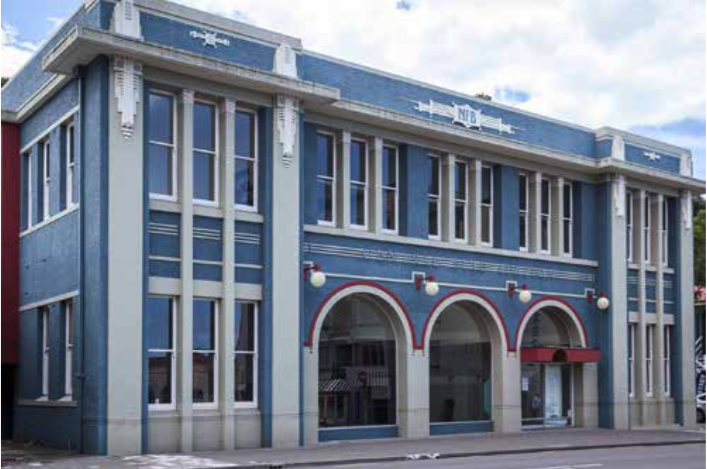From 1 July 2017, the Fire and Emergency New Zealand Act 2017 (FENZ) came into force replacing the Fire Services Levy. The Act replaces the Fire Services Act 1975 and the Forrest & Rural Fire Act 1975.
It has been designed to ensure New Zealand has a modern, fit for purpose, and well-funded fire service that addresses long standing issues such as under funding of rural fire.
Under the new regime FENZ will be funded almost entirely by a levy on insurance required for additional funding to absorb rural fire costs and to cover new ongoing operating costs addressing things such as gaps in rural fire services, support for local communities and volunteers, and transition costs.
his fire levy increase will have significant financial implications for commercial property owners, and their tenants, the impact of which is being felt now as many property owners go to renew their property insurance premiums.
This will affect commercial tenants because although the levy will be charged to building owners via the insurance they buy, that cost will inevitably be passed on to their tenants under net lease arrangements where tenants are responsible for the outgoings, resulting in increased outgoings and, potentially, issues of affordability for tenants.
What impact does that have on value? To keep it simple, when valuing a commercial property, we capitalise the net rent to arrive at market value. Net rent is arrived at by assessing the gross rent (total occupation cost to a tenant) less the property outgoings which include local authority rates and building insurance premiums. So, say an increase in the building insurance premium of $1,000 capitalised at 7% return is a potential reduction in value of $14,300. For very large commercial property the increased premium could run into several thousand dollars, say $10,000 capitalised at 7% would potentially result in a value decrease of $143,000, a significant erosion in value
simply due to increased property outgoings. It may take some time for the full impact to filter through to the property value as tenants will simply absorb the increased outgoings up until the first market rent review which will then have to take the new outgoings into account.
There are more changes to come too which come into effect from 1 July 2018 such as:
- Assessing the levy on material damage insurance rather than fire only insurance.
- Applying different rates of levy to residential and non-residential property.
- Increasing the cap on the residential levy to reflect changes in property values.
As well as commercial property owners, one of the most significant financial impacts of the new levy structure could be on owners of mixed use residential-commercial properties. They will face an increase in the value of their property for fire levy purposes as compared to the old regime where, because of the definition of residential property based on the EQC Act, the non-residential portion of their property was not subject to levy. Under the new regime the levy will be payable on each household unit (up to the cap) and on the non-residential portion of the amount insured at the non-residential rate, with no cap.
In summary the significant changes will signal major potential impact on your commercial property’s value.



